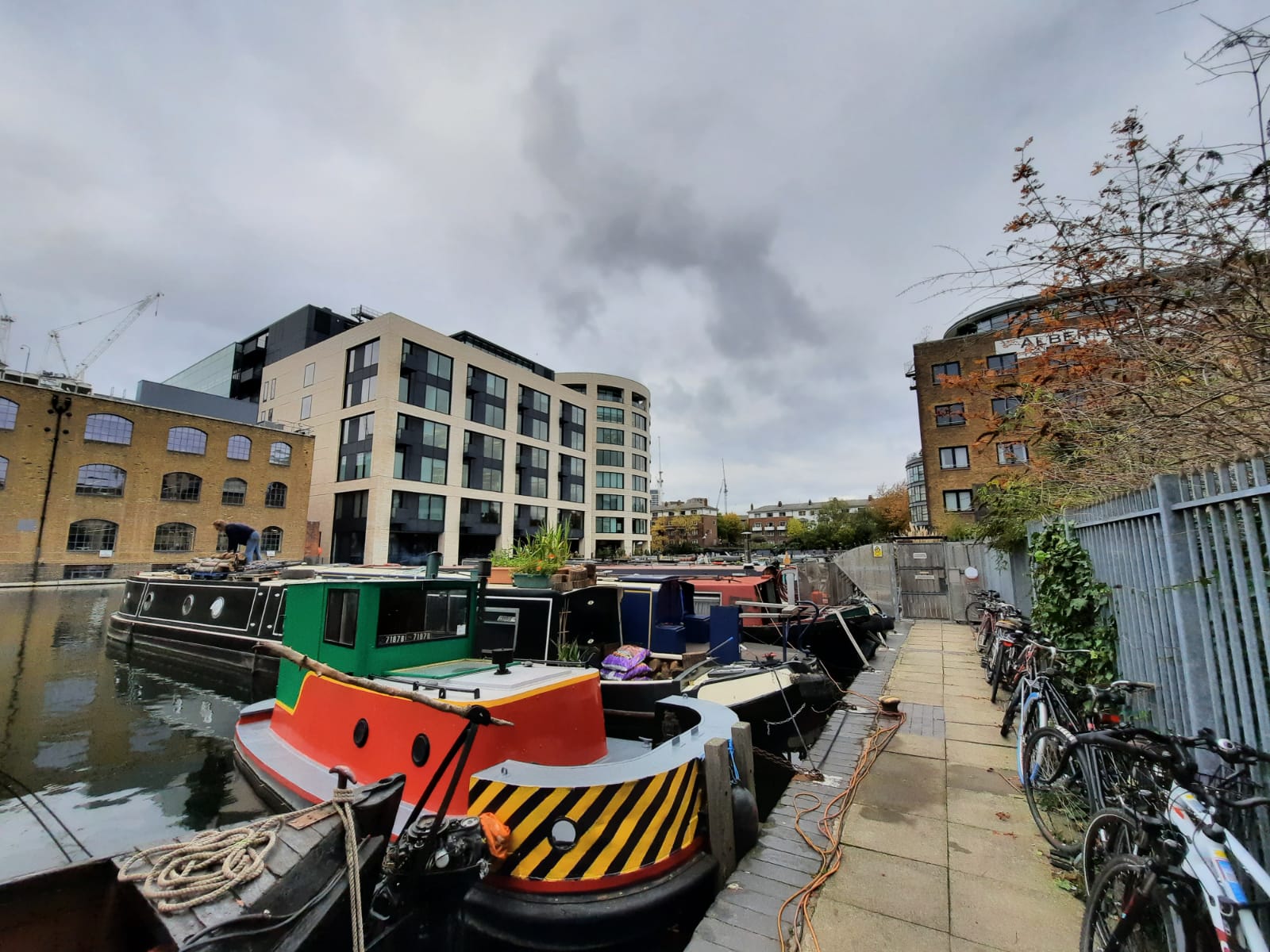The Canal Museum, London
A review of a visit to the Canal Museum near London’s King’s Cross Station. Another of London’s nice little specialty museums, this time with a dual story to tell.

The Canal Museum
I used to see signs for this museum from a bus route near King’s Cross Station. So the Canal Museum has been on my list to visit for a long time. I finally had the opportunity recently and made my way to this former warehouse building on Battlebridge Basin. This isn’t a part of London’s canal network that I have explored on any of my London waterway walks, and indeed feels quite unexpected, tucked as it is down what is now a residential street.
The Canal Museum is in an 1863 warehouse which once stored ice imported from Norway. The building is a survivor; I am almost certain that it must be listed and therefore protected, otherwise I can’t see how it’s survived when all around it are new-build flats. I’m glad it has survived, as it’s a charming building and allows the museum to fulfil a dual function. As well as telling the story of London’s canals and the people who worked and lived on them, the Canal Museum tells the story of the building itself and the history of the ice trade in London.
I was reminded of the Brunel Museum when visiting the Canal Museum. They both have in common a very specific focus, and care of a historic building. You also get a sense that their resources are limited as smaller institutions, but that the staff and volunteers are immensely passionate about what they do. It makes these museums nice and welcoming, and I’m glad that most of these smaller places seem to have (so far) survived the pandemic. That’s not to say it hasn’t been a struggle, so please do support your smaller local museums where you can!
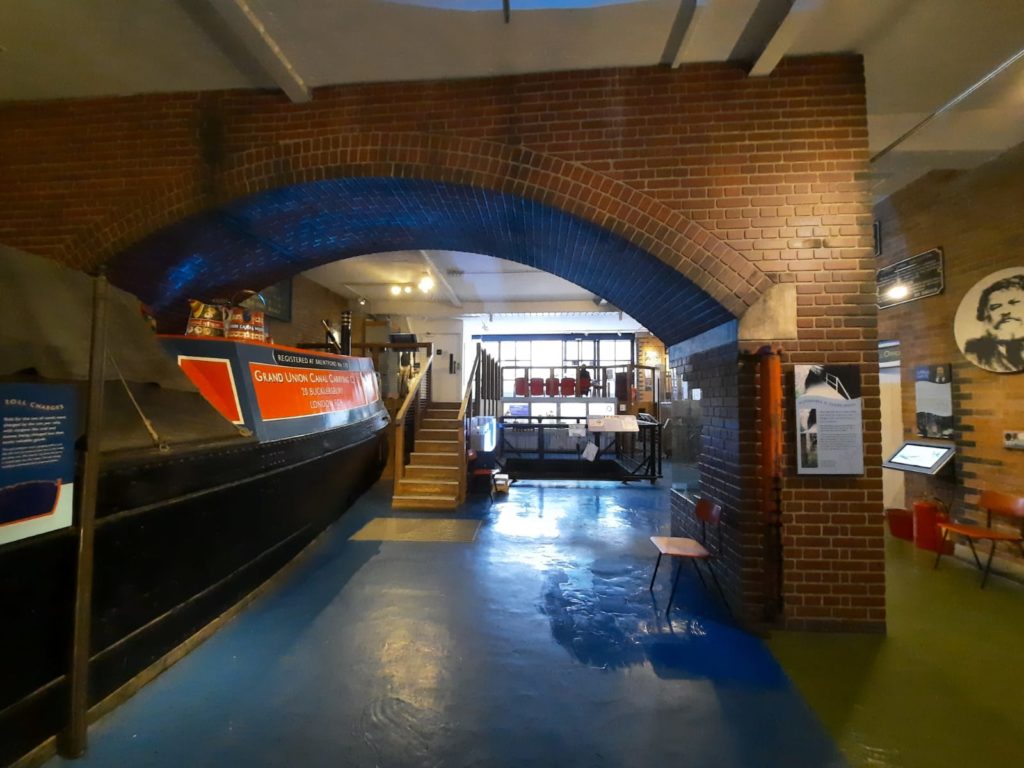
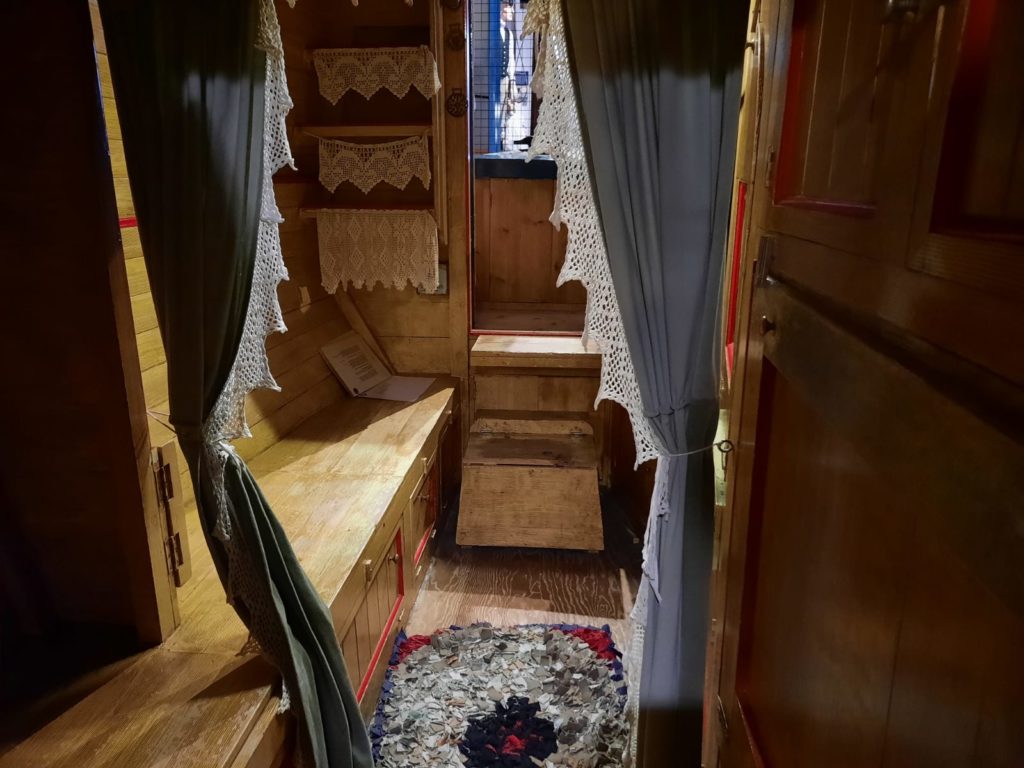
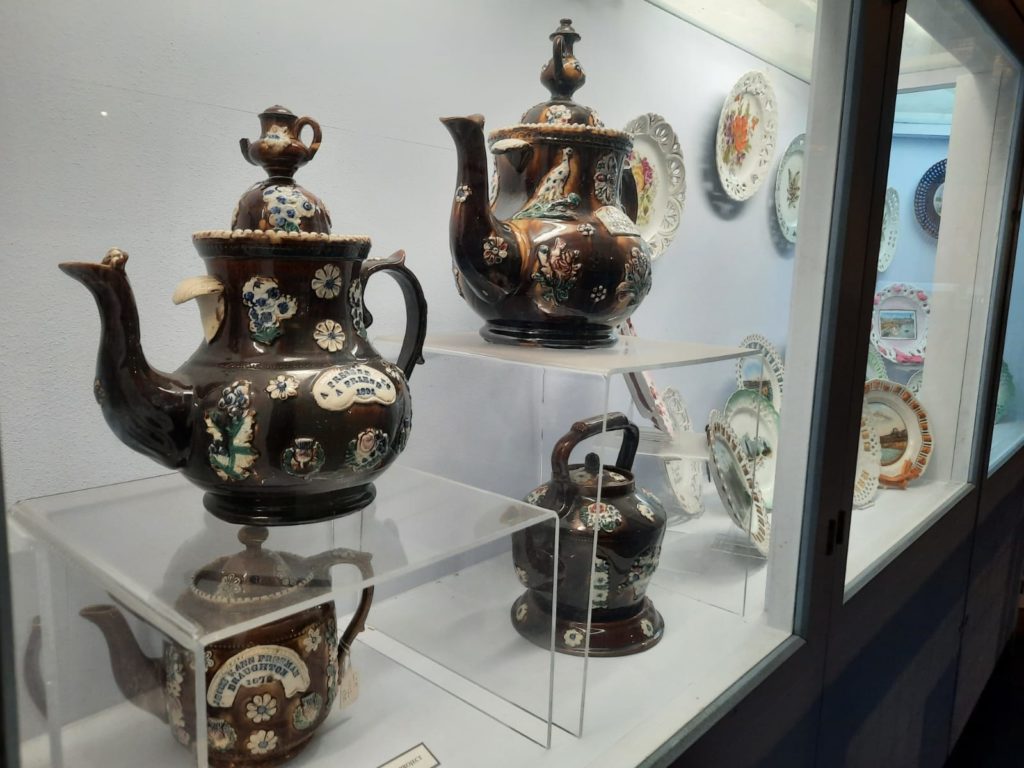
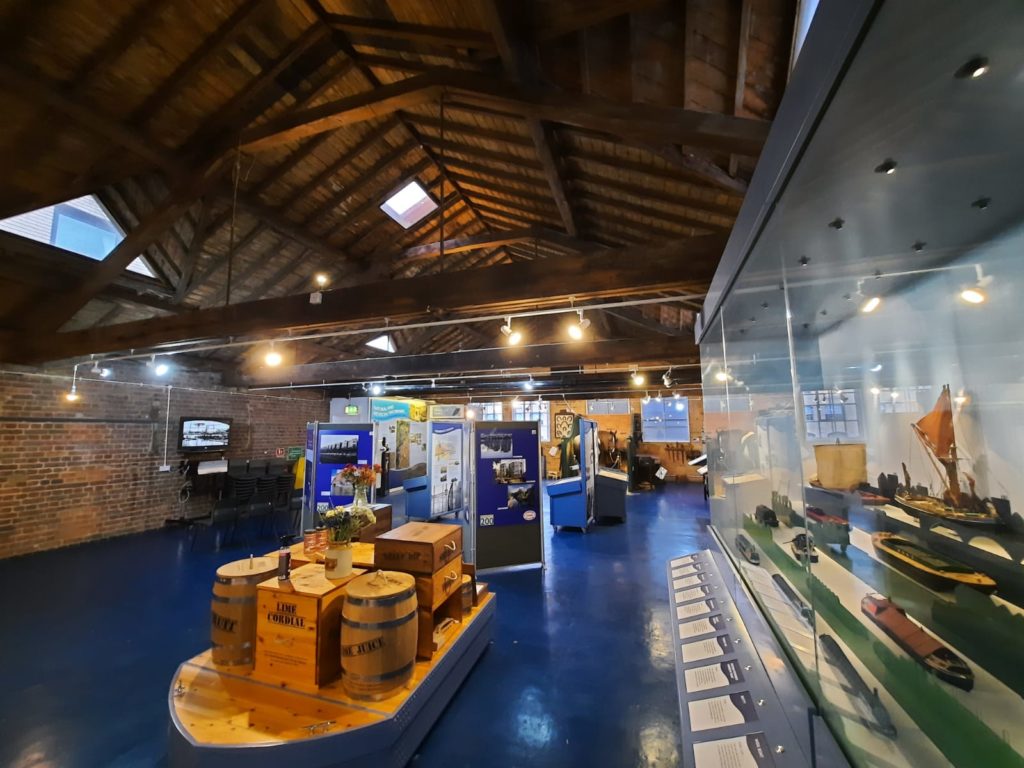
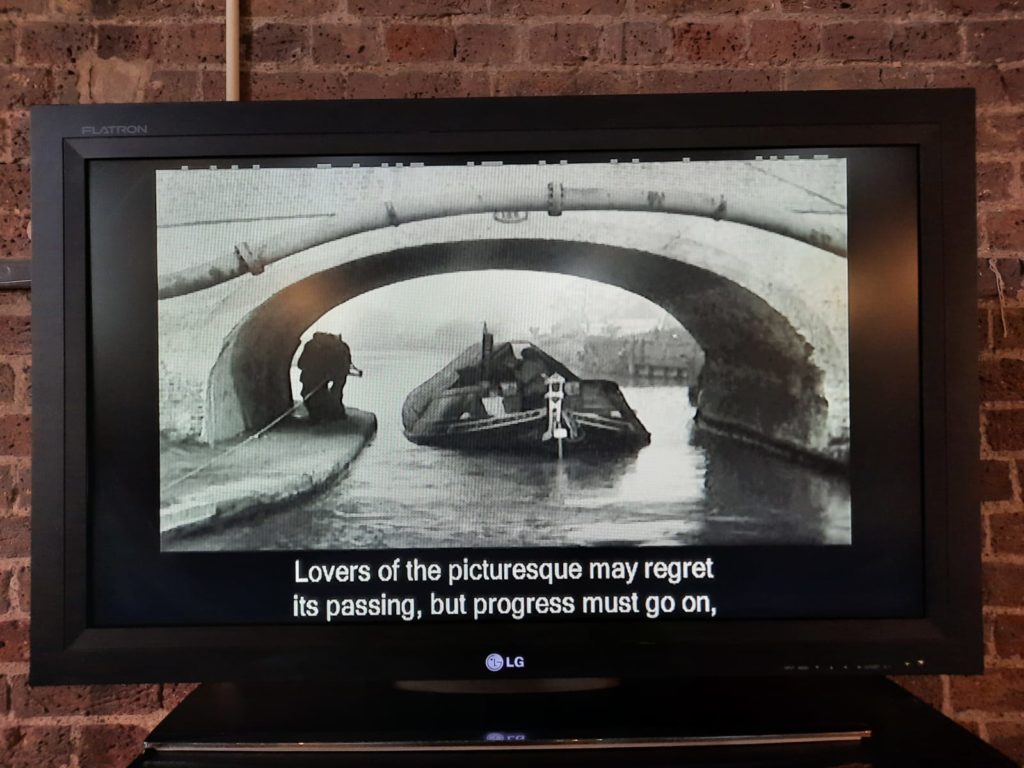

Life And Work On The Canals
The primary purpose of the Canal Museum is, of course, to record the history of London’s and the UK’s canals. There was an extensive network which grew quickly from the Bridgewater Canal in 1765; then the first scheme involving London in 1790; to a network nearly 4,000 miles (6,400 km) in length. Competition with railways saw canal traffic decline by the second half of the 19th Century; by the mid-20th Century many canals in London and elsewhere were in serious disrepair. Groups like the Canal and River Trust have overseen a canal renaissance based on leisure usage and floating accommodation. Today, London’s Canal Museum is one of about a dozen such museums nationwide.
The Canal Museum tells the story of those who worked and lived on the canals through objects and experience-based exhibits. The objects include signs, canal memorabilia and, importantly, a narrowboat, a canal-pulling tractor and a working pusher tug. The displays are more object-led downstairs, and text-led upstairs, where there is a big space with information panels, models, and old newsreels to watch. I found there was too much information for me to take in on one visit; I skim-read most of the texts, and spent most time looking at the objects and newsreels.
Overall, I think the Canal Museum probably comes to life as an educational venue. It feels perfect for school programmes. Nothing wrong with this, because it must be a really excellent place for a field trip. The casual visitor just needs to come up with their own ‘programme’ to follow according to their interests.



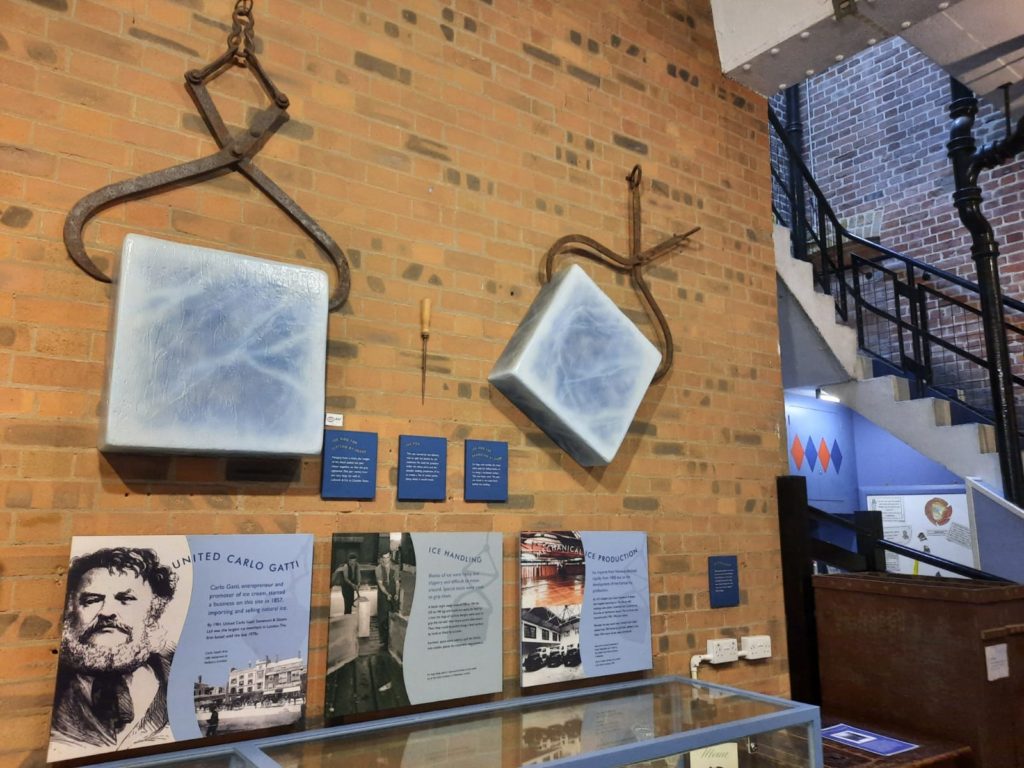
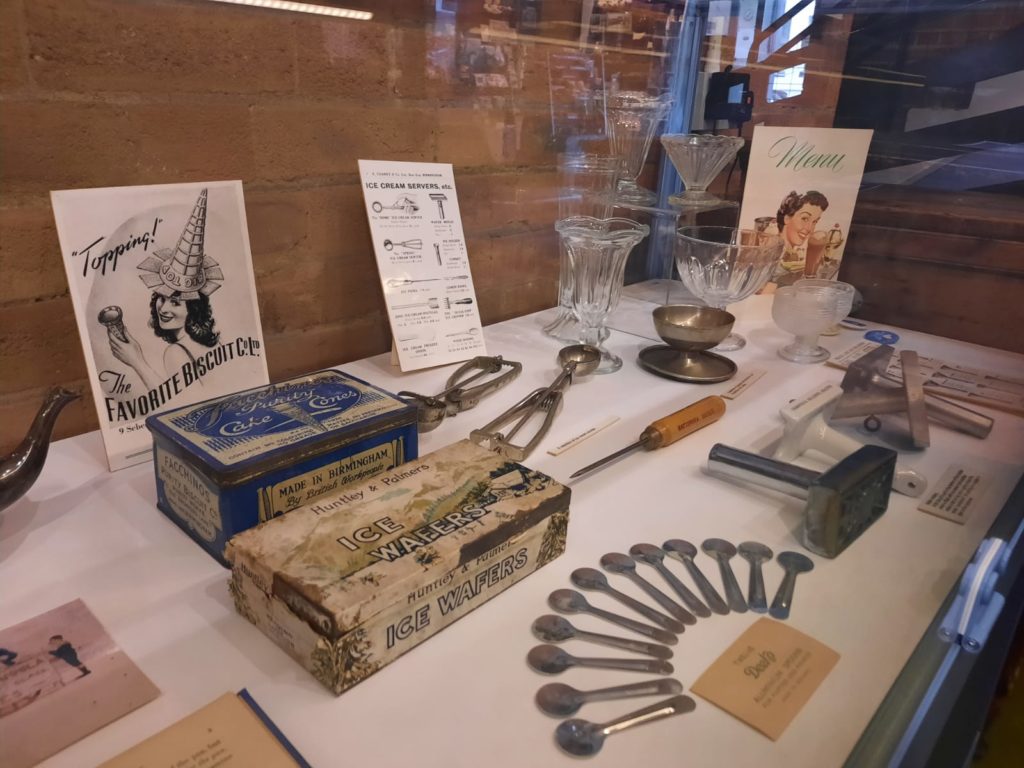
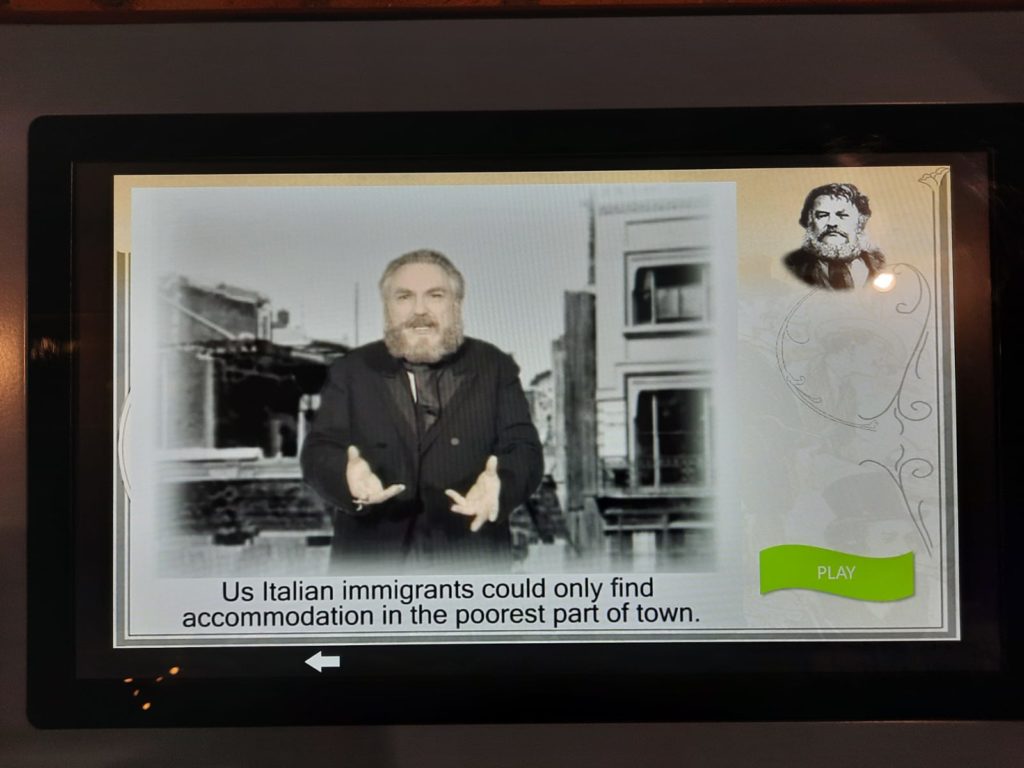
The Ice Trade And Carlo Gatti
As I mentioned above, aside from telling the story of the canals, the Canal Museum moonlights as a museum telling the story of the ice trade. The building which houses it belonged to ice and ice cream merchant Carlo Gatti. Gatti arrived in London from Switzerland (via Paris) in 1847. In true Victorian fashion, he started with a refreshments stall and tried his hand at cafes and music halls, before becoming a successful ice merchant. It seems almost unthinkable today that you would have to get your ice all the way from Norway, but that is what Gatti did. Well, he started by getting his ice from the Regent’s Canal, but it wasn’t very clean…
The star attraction in telling the story of the building as an ice warehouse is the ice well. An ice well is a pit in the ground, whose cool temperature helped to keep winter ice solid. Blocks of ice went from here to customers by horse and cart. The customers might be private individuals (many stately homes had their own ice well), or businesses (eg. food service, ice cream companies). By the early 1900s technologies had developed to make ice, so the trade in importing it from colder climes declined quickly.
I enjoyed this second aspect to the Canal Museum. It was interesting to see the ice well first hand, and to be reminded of how quickly luxuries can become commonplace. There’s a fun (if caricature-esque) interactive where you can ‘meet’ Carlo Gatti. And lots of objects connected to the ice trade and ultimate uses of imported ice.
So I think the Canal Museum is well worth a visit for an hour or two. It is an appealing place, and if you happen to be knowledgeably about canals already then I’m certain you can learn something about the ice trade. It’s only a short detour from King’s Cross; check out more details here and drop by some time!
Salterton Arts Review’s rating: 3.5/5
[travelers-map]

